Lamb's Quarters
A common weed that can cause yield losses in many crops if not controlled early. The oxalic acid produced by this plant can be poisonous to sheep and swine if ingested in large amounts.
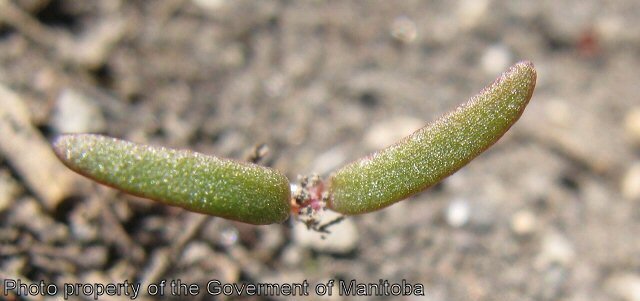 click to enlarge |
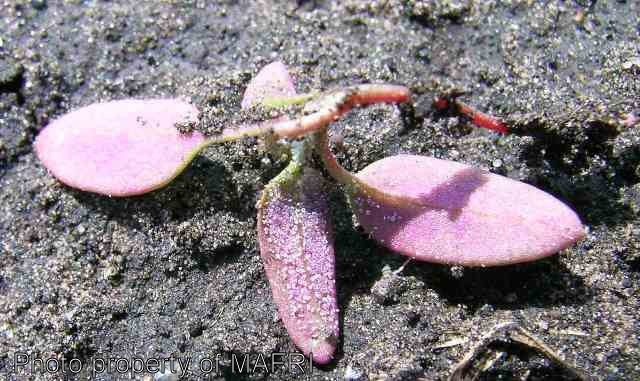 |
 |
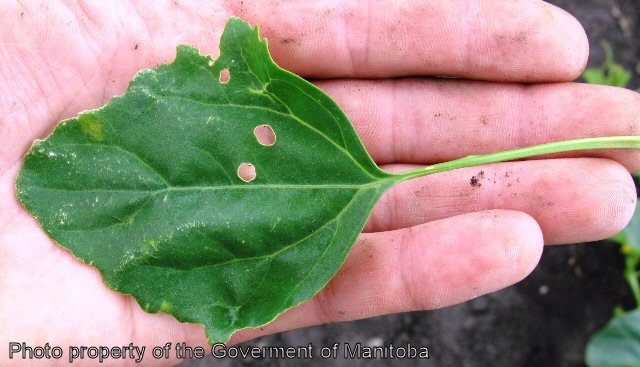 | |
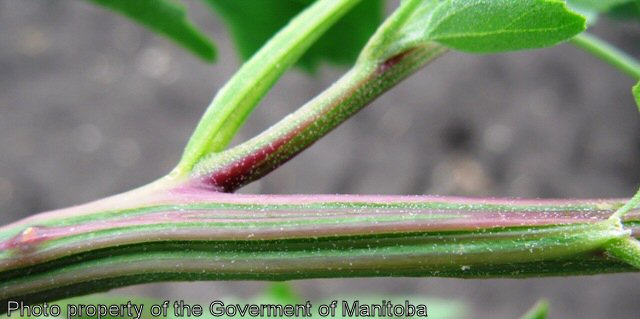 |
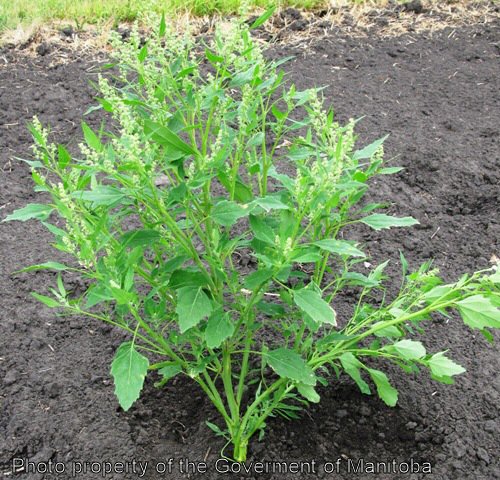 |
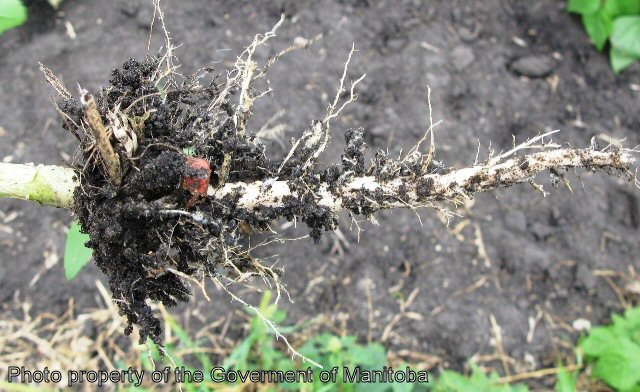 |
 |
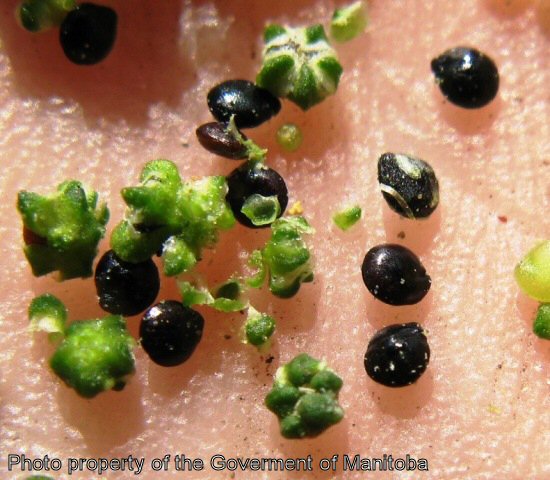 |
Biology
This weed is an annual, reproducing by seeds. The stems are erect, 60-90 cm (2-3 ft.) high, smooth, and longitudinally grooved. They are often red or light green striped. The leaves are alternate, variable in shape, 2.5-8 cm (1-3 in.) long, stalked, coarsely toothed, and covered with white mealy particles, especially on the lower surface. The flowers are small, green, and present in the leaf axils and at the top of the stem.
Although it seems to grow best on disturbed, high-organic soil (e.g., around livestock buildings), it also grows well in cultivated fields. Lamb's quarters produce many long-living seeds (about 72,000 seeds per plant). The seeds germinate both early and late in the season. The greatest flush in germination occurs at the beginning of the growing season.
Scouting Techniques
Take a minimum of 20 weed counts across the field. You may find this weed more often in mixed farming operations than in other situations.
Effects On Crop Quality
The seeds can be a contaminant in grass seed. The green matter can contaminate cereal seed.
Threshold/Yield Loss
Densities of more than 200 lamb's quarters per square metre (sq. yd.) can reduce barley yields by 20-25%. Because wheat is less competitive than barley, you can expect even greater yield reductions in wheat at this weed density.
Control Tips
Lamb's quarters can be controlled by herbicides in most crops. There are no post-emergent products for control of this weed in conventional (non-herbicide tolerant) canola, but pre-emergent herbicide options exist (eg. trifluralin).
